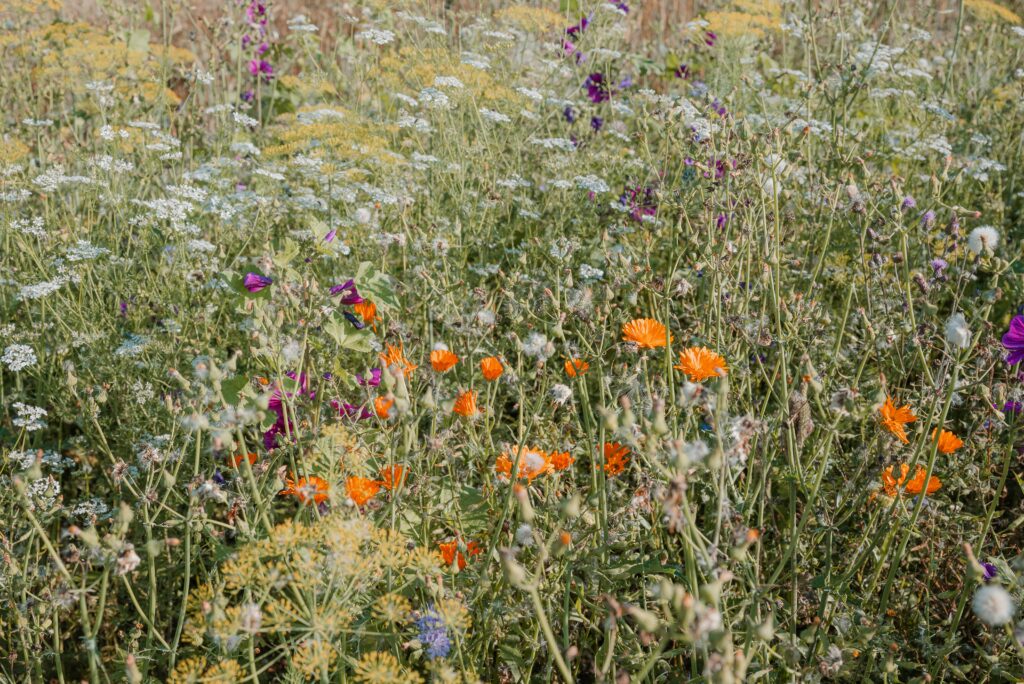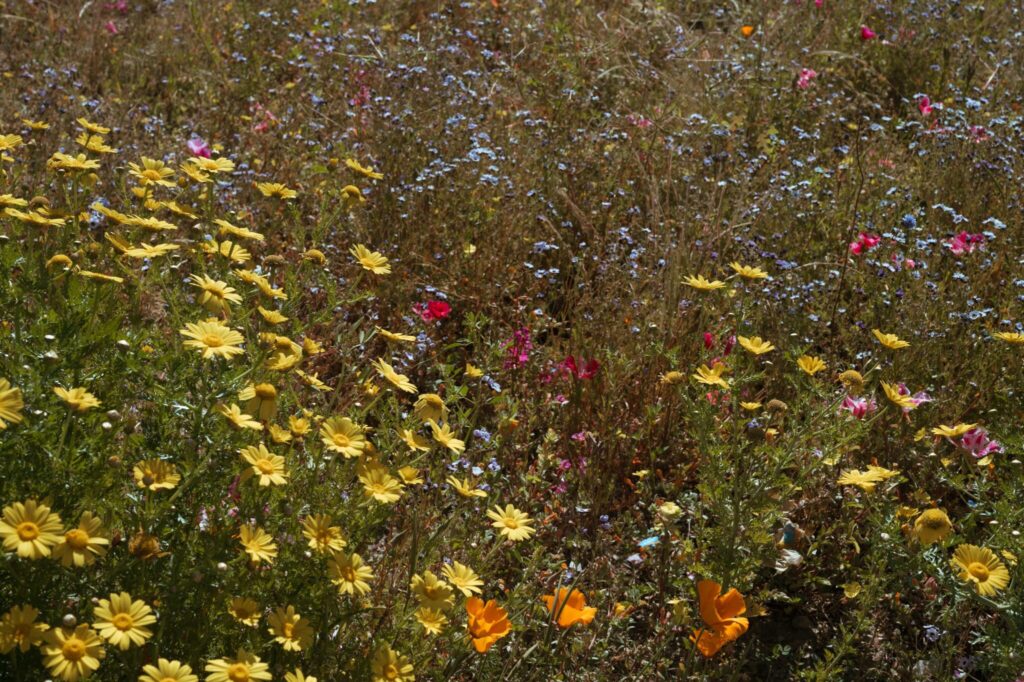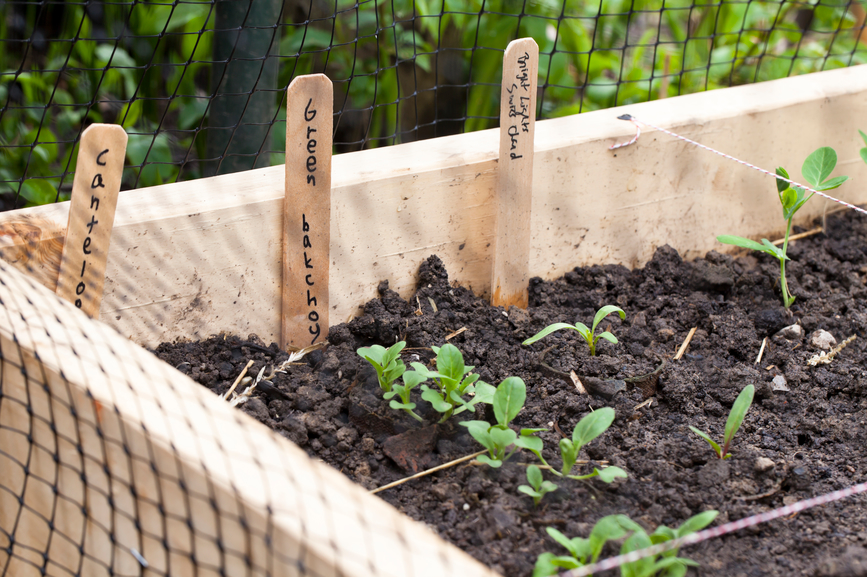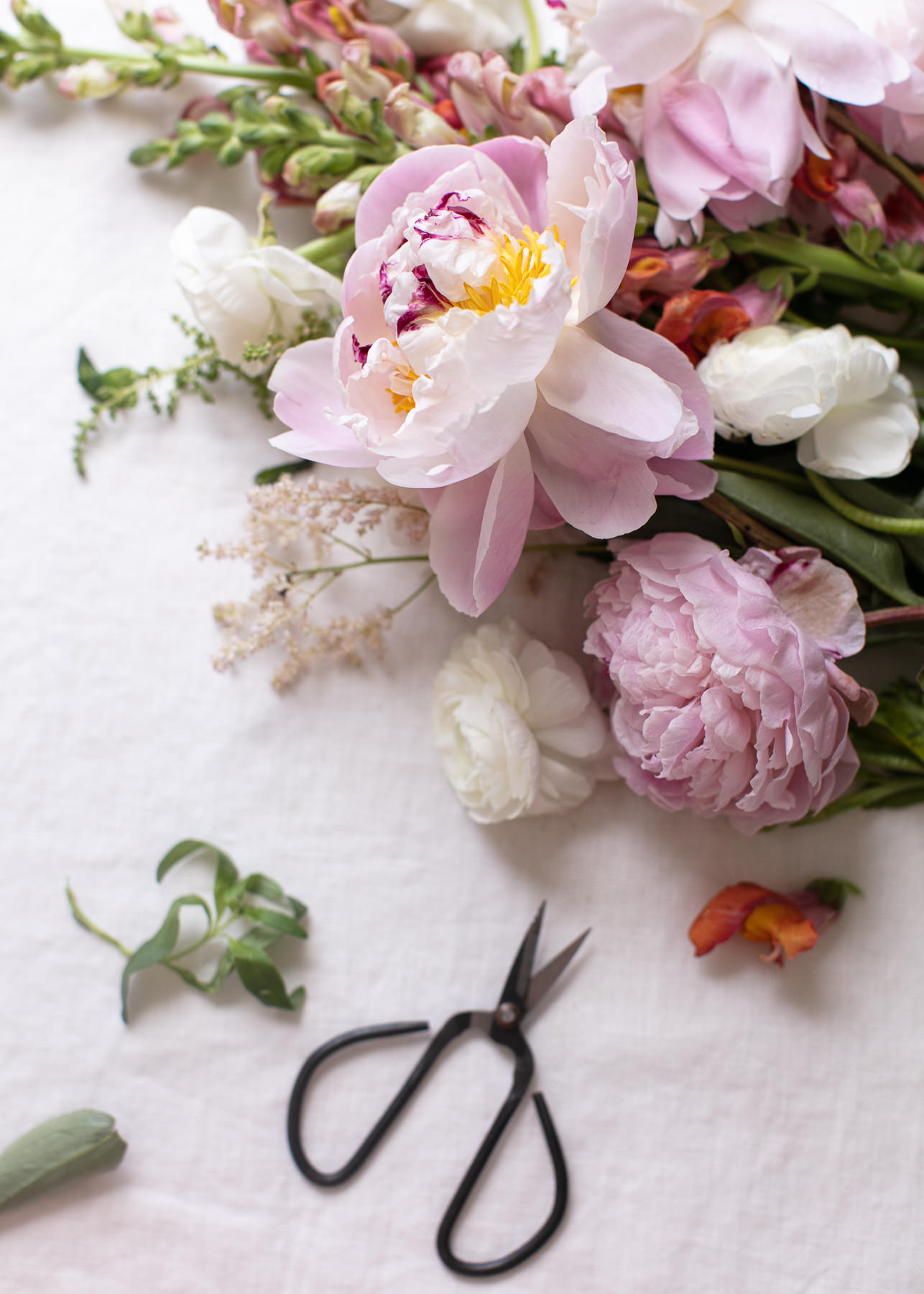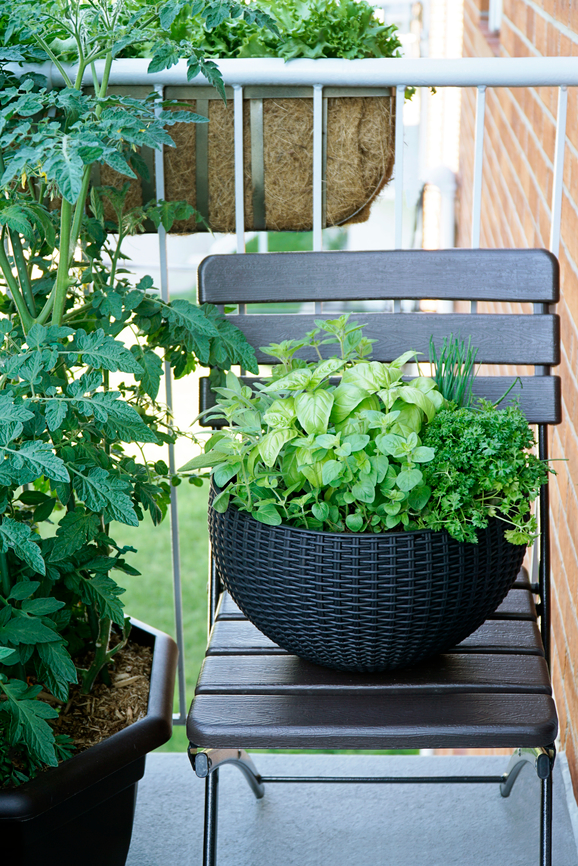Defining the Modern Meadow
Upon reflection, what purpose is at forefront of outdoor spaces? One that seeks to align harmoniously with nature? Fostering a greater connection by embracing the wild but beautiful composition of something beyond a lawn? The modern meadow welcomes a symphony of untidiness with native plants in abundance. It promotes a lush, softness that is teaming with life, colour and texture. As a rule, the introduction of plants that have evolved to flourish in your regions means that your involvement through maintenance becomes minimized. To work with, not against nature here creates a lasting impact.
In this “new lawn” we see a decrease in water consumption and energy-use and an increase in pollinator-friendly plants, joy in the outdoors and most importantly biodiversity. The latter is not limited to insects, but rather a reverberation that moves swiftly through the food chains of our natural-scapes. The modern meadow is a call to assimilate into nature, protecting her value and contributing to something worthwhile and more than yourself.
The Task of Transforming
In essence, this concept is easy, good for nature and for you. Similar to a sensory garden, immersing yourself in a space that brims with life like in a modern meadow, can reduce stress, improve cognitive function, improve immune function and even aid in sleep. Regardless of the time of year you make the decision to welcome a wilder outdoor existence to your spaces, here’s how to go about it:
Winter
Spend an intentional afternoon researching your gardening zone, native species and planning the areas to update. What’s nice about this planning process is that it doesn’t have to be completely refined, especially in regard to locations.
Spring
Purchase and prepare seeds, transplants and plant. For a truly “wild” look to your areas, combine all your seeds together and scatter seeds without exact knowledge of what has gone where. This will mimic the randomness of nature itself.
Summer
Spend time in the greater outdoors, in your natural places and learn first-hand about what grows where. Spend a morning with a field guide identifying your favourite flowers, grasses and foliage in areas that are unrefined. Tune in to what your particular region offers as inspiration. Seek advice from local nurseries and experts who will be well-versed in your growing conditions.
Autumn
Purchase and plant any perennials. We are advocates of planting (most) perennials during this time of year. This is because they are able to focus on root production and establishment (flowering and fruiting is generally complete) and energy production goes into securing itself. Plus, you’ll likely be able to snag perennials at end of season pricing. If you’re planting any bulbs, this is additionally the season to check it off your list for the following Spring.
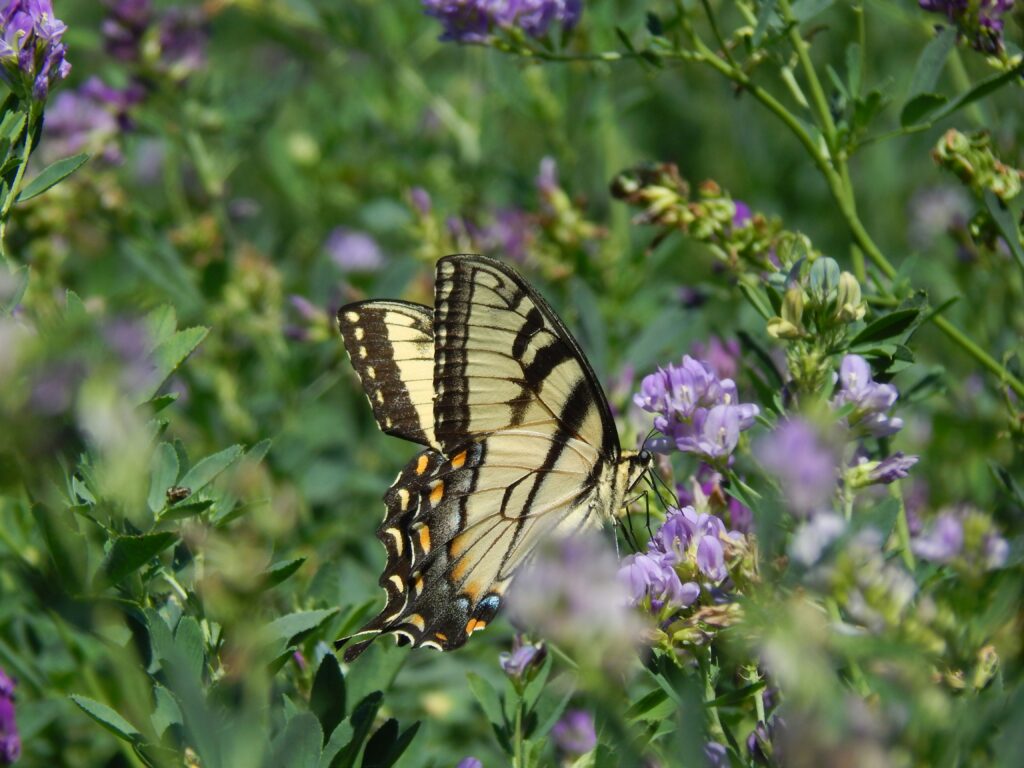
An effortless aesthetic that will feel both nostalgic and whimsical awaits you in every modern meadow. We hope that if you so choose, the magic of this wild garden creates a lasting impression. Garden with meaning, garden with more. P.s., if you don’t already, be sure to follow us on Instagram and Pinterest!

